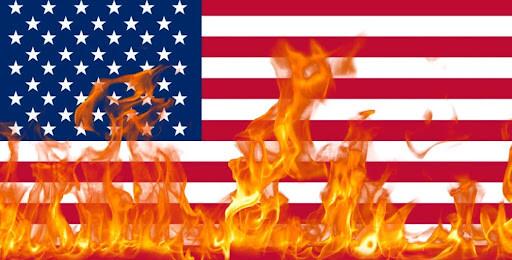
Do you use a streaming service to listen to music? Should you? Music is a huge part of everybody’s life. We listen to music in the car, while going to school or work, while exercising, or just about anywhere. There are millions of subscribers on music streaming services such as Apple Music, Spotify, and Google Play Music. Which is best? Which one costs less? Which one is right for you?

Which is the best deal?
For a single, non-student subscriber, the price would be $9.99 per month on all these streaming services. They all offer a family plan up to 6 people for $14.99 a month. However, Spotify requires all the member’s to live at the same address. Apple Music and Spotify also have a student rate for $4.99 per month. They all offer a free trial as well but Spotify and Google Play have a 30 day free trial while Apple Music has a three month free trial. So what’s the better deal? Apple Music has the best price.

Which is easiest to set up?
Looking for easy? Setting up these streaming services can be hard for some people. Most people want a quick and easy set up without any hassles. All of these streaming services take five minutes or less to get started. Apple Music and Google Play Music ask you for your music preferences before building your library of music. Spotify builds your preferences based upon what you download or listen to. Spotify may be the most efficient because it doesn’t ask too many questions up front. Best choice for ease of set up: Spotify.

Which has the most music?
Which streaming service has more music? Apple Music has 45 million songs while Spotify has 35 million songs and Google Play Music has 30 million songs in their streaming library. Apple Music has the most songs: but how many million songs do you really need? Does it matter when the numbers get that big?

Which has the best audio quality?
Do songs sound better on one streaming service than the others? Can you tell the difference? Many people believe they all sound the same. The higher the bitrate of a streaming audio file measured in kilobytes per second (kbps) means better quality sound. It can also mean higher data charges for bigger streams of audio data. With Spotify, you can stream music at 160 kbps and 320 kbps. Google Play Music tracks also stream at 320 kbps. All tracks on Apple Music are streamed at 256 kbps. But 256 kpbs is still way above the recommended minimum of 160 kbps. For best quality audio: choose any service and stream at at least 160 kbps.
Which one is right for you?
Well, they are all really similar. It is a matter of personal preference. If you prefer better music quality, then go with Google Play Music or Spotify at 320 kbps. If you want to have a longer free trial and pay less, then go with Apple Music. Do you want an easy set up? Try Spotify. And, if you really do need more than 30 million songs: Choose Apple Music. But really, there’s no clear winner.




























